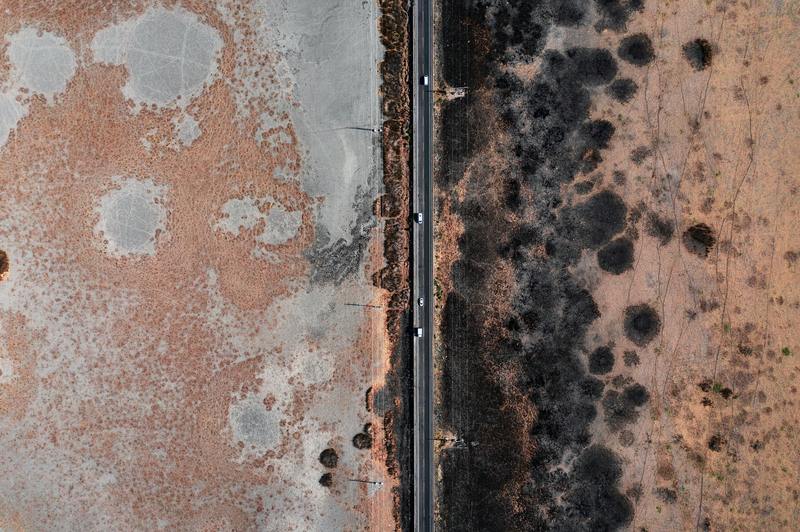Molds are a real nuisance to the wellness of your home. Luckily, there are relatively easy ways on how to remove mold from inside walls and even hinder their chance of developing in the first place. Besides the mold growth’s troublesome aftermath on your walls and even to the nearby furniture or homeware, piled-up molds can also pose risks to your family’s health.
The odor particles of the mold can trigger conditions of family members who have underlying asthma, skin allergy, and other respiratory or immune-deficiency illnesses. Nonetheless, eliminating molds from inside walls can be a DIY task, given that they haven’t been sitting inside your enclosures for a relatively long time.

In such a case, you’ll want to contact an expert and obtain professional help. This article scouts you on how to remove rigid molds without entirely needing an expert’s hands.
What Are the Possible Causes Of Molds Inside Wall?
Suppose you do not recognize the culprits behind the mold growth inside your wall. In that case, you may want to verify on the following indications that molds are growing in your interiors.
You can first suspect a water leakage caused by flooding or broken water pipes. The water may have seeped onto your walls and triggered fungal bacteria to multiply and live off your inside walls.
Worse from mold growth, your wall structure may also suffer from severe water damage. If ever you experience the same, no need to worry as there are also DIY ways to fix a water damaged cement wall.
The second possible culprit is the humid area your walls are standing in. Molds penetrate on damp areas and seem to love steamy milieus. High humidity, tactlessly joined by poor ventilation, can also induce mold growth on your inside walls.
Steps To Remove Molds from Walls
Now we go on to the phase-proper of removing the mold from your inside walls.
Step #1. Identify culprit and fix it
The primary step you need to take during mold removal is to identify the cause of the mold. Based on experts, it is the key to halt and prevent mold plague.
For this procedure, you’ll want to contact a mold repairs expert to easily find and fix the cause of stubborn mold growth.
However, if you instead are positive to locate the culprit, you may try on these ways:
- Cutting or tearing down a significant portion from different parts of your drywall
- Smelling a stale, earthy odor that seems to come from your wall
- Checking for a moisture problem in other areas of your home
Take essential safety precautions when cutting a portion from your wall. Visually, you can also spot different types of molds by their color.
Step #2. Check if the damage is extensive in scale
After locating the mold source, identify if the mold infestation is vast or has spread significantly.
If you judge that the mold hasn’t grown large in scale and that you can remove it yourself, proceed to the next steps.
Step #3. Prepare necessary equipment and materials
To kill the molds, you’ll need the following:
- Rubber gloves, safety mask
- Bleach and water solution
- Mold stain remover
- Bucket
- Scrubber brush, paintbrush
- Interior paint and primer
Step #4. Throw away severely molded stuff
Before actually killing the molds, you may need to tear down and replace severely molded structural studs, beams, or insulation inside your walls. In this situation, it’s a must to seek professionals for help to remove and replace them.
Perhaps the mold has unfortunately affected your ventilation appliance, such as the air-conditioning unit. In that case, you can try on another set of simple ways to remove molds from an AC coil.
Step #5. Scrub off with bleach and water solution
To clean the mold off the outer and some inner surfaces of the walls, mix a one-part bleach into three-part water in a bucket. Wear your protective gear before scrubbing off the mold and mildew. Ensure to remove any molds altogether.
Step #6. Let it air-dry
Opening the windows and letting the air mingle the area allows the cleaned surface to dry.
Can I Paint Over A Treated Mold Damaged Wall?
It is probably your question after finishing the mold removal phase, and yes, you can paint over your disinfected walls using paint with mold-resistant ingredients.
It’s best to use encapsulating primer and paint to prevent the fungal properties from growing on the wood surface. However, ensure that the wood is completely dried before you encapsulate them.
After-Care For Mold Damaged Walls
Aside from applying anti-mold primer and paints, you’ll also want to maintain the following ways to control and prevent mold growth inside walls:
- Using dehumidifiers in rooms such as basements to avoid moisture
- Using HEPA filters in heater to prevent mold regrowth
- Regularly inspecting high-risk areas for possible mold source
- Wiping damp areas in the shower whenever necessary
Conclusion
Ways on how to remove mold from inside walls can be challenging, especially if you’re dealing with a significant mold issue. However, you can always rely on mold wall inspection and removal experts for a safe and sound procedure if you’re hesitating to do it yourself.
